El pintoresco pueblo de Baruta || The picturesque village of Baruta [Esp - Eng]
En mi paseo de los miércoles, esta vez fui al peculiar pueblo de Baruta, ubicado en el municipio del mismo nombre, en el estado Miranda de Venezuela. En este pueblo, pareciera que el tiempo se hubiera detenido, pues desde que lo conozco, y de eso hace bastante, se conserva casi como cincuenta años atrás.
Me sentí como si estuviera recorríendo las mismas calles, con el mismo tipo de edificaciones, las mismas costumbres y la misma idiosincrasia de su gente. Tan solo pude percibir algunas pocos cambios, tales como la plaza El Cristo, modificada y reconstruida hace algunos años, la también remodelada plaza Bolívar y la construcción de alguno que otro edificio, como es el caso del edificio sede de la alcaldía y la clínica Félix Boada, entre otros.
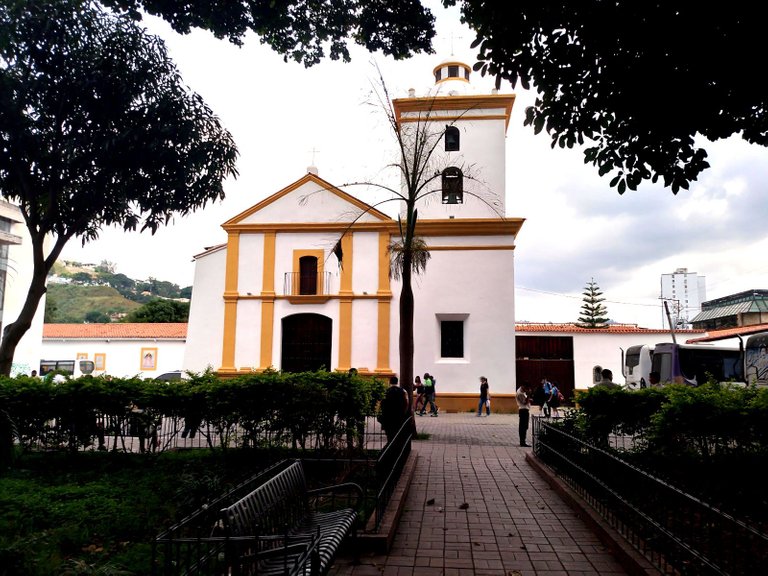
Caminé un rato por el Casco Histórico Colonial de Baruta, zona que abarca unas dos cuadras y media. Ubicado en la zona central del pueblo y, sentimentalmente, en el corazón de su gente. Está conformado por la iglesia Nuestra Señora del Rosario, la casa parroquial, el museo sacro, La Gruta y la plaza Bolívar. Este espacio colonial tiene la característica de haber sido irrumpido en forma abrupta por el edificio sede de la Alcaldía, así como por la modernizada plaza El Cristo. que a pesar de esto, continúa formando parte del Casco, por lo que ella representa históricamente. Estas dos últimas edificaciones rompen totalmente con la arquitectura colonial del sitio, dando la impresión de ser un encuentro de dos épocas que se miran de frente, la una a la otra, en un mismo momento.
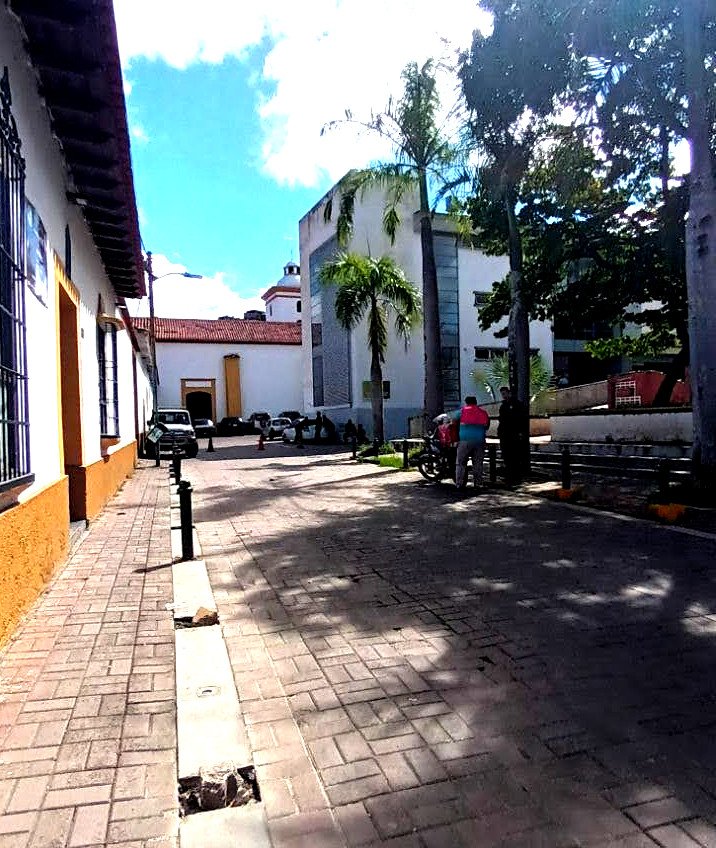
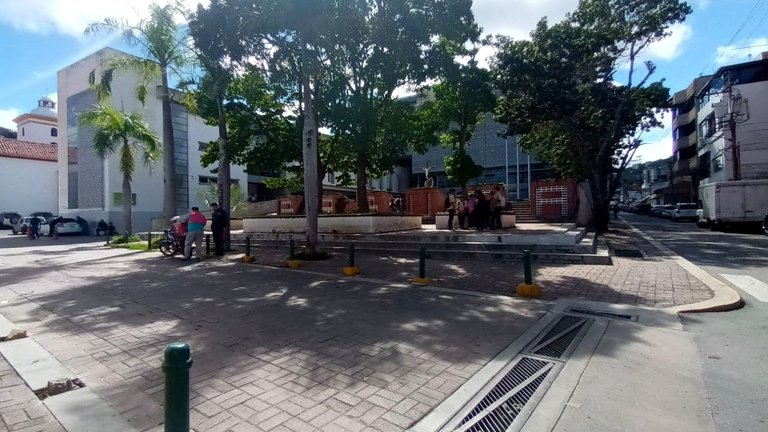
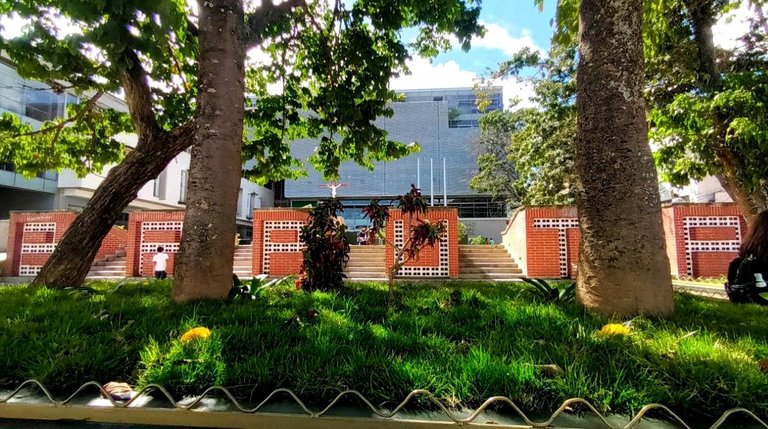
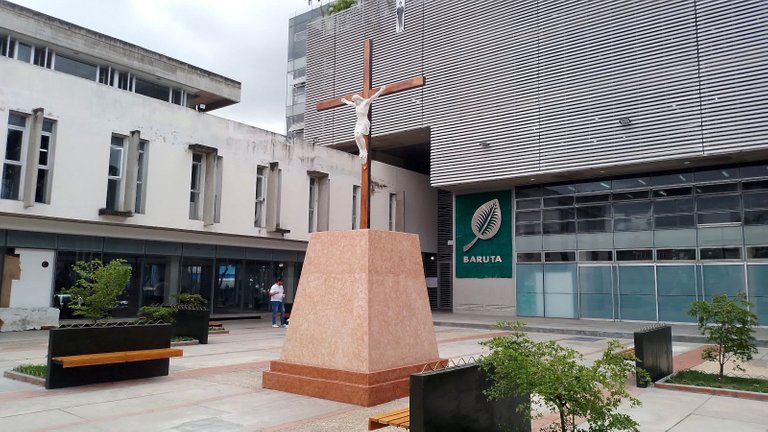
Como de costumbre había bastante tráfico de vehículos y mucha gente a pie haciendo diligencias y comprando. En Baruta, durante las horas del día, siempre hay una alta congestión de tránsito, tanto de peatones como vehícular, sobre todo en la calle Ricaurte, por ser una calle principal que atraviesa el pueblo y que a la vez le sirve de puerta de entrada y salida. En esa calle hay un gran número de negocios , así como paradas de transporte público con distintas rutas de destino.
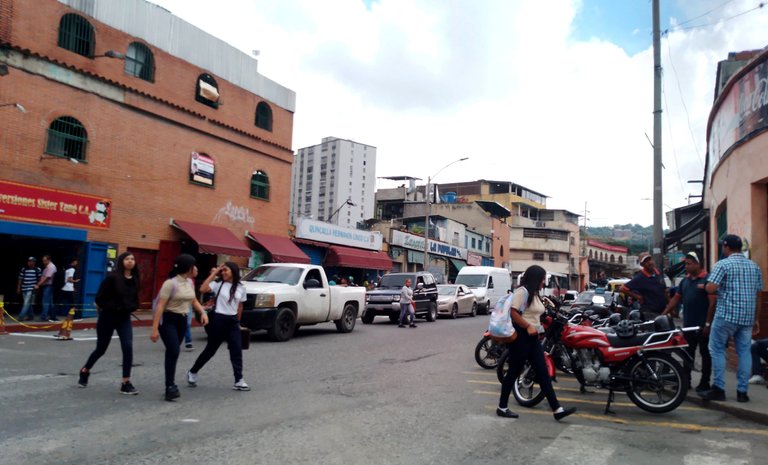
Por otra parte, el comercio es la actividad principal de Baruta, esto ha sido así desde sus comienzos. Pues allí, además de sus propios habitantes, generalmente concurrían personas provenientes de las zonas aledañas, a abastecerse, tanto de alimentos, enseres, como de artículos de uso personal, entre otros.
Actualmente, aunque el crecimiento comercial se ha dado en otros sectores cercanos donde antes no existía, el pueblo de Baruta sigue siendo un importante punto comercial, donde confluyen a comprar la gran mayoría de los habitantes de Baruta y El Hatillo, principalmente los de la zona rural de ambos municipios.
Además, es un sitio obligatorio de tránsito para quienes usan el transporte público y viven en la zona rural, debido a que primero tienen que llegar al pueblo, una vez allí deben tomar otro transporte que los traslade hasta su destino final y viceversa.
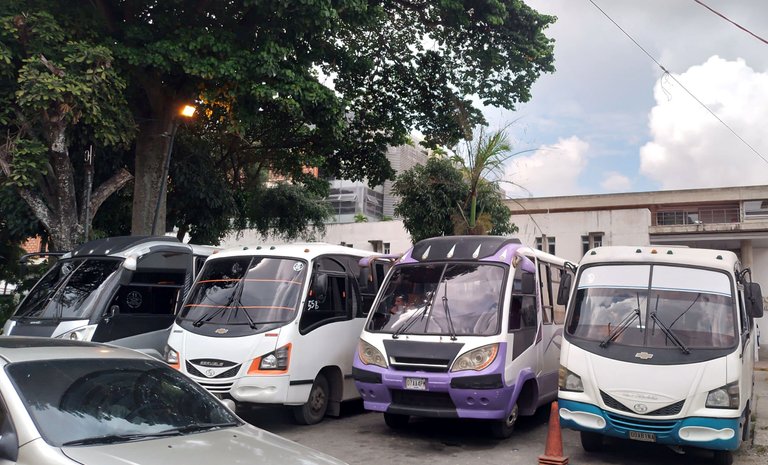
A un costado del pueblo hay un cerro donde queda un barrio llamado La Palomera, donde habita gran parte de su población.
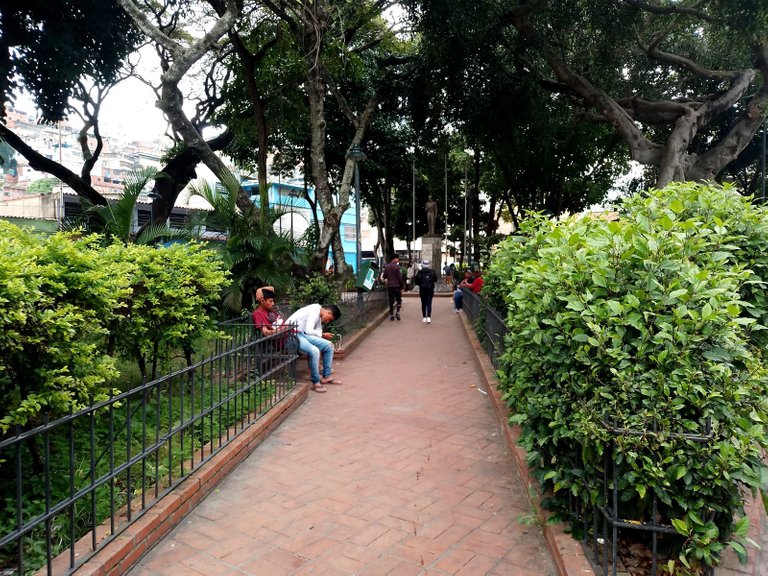
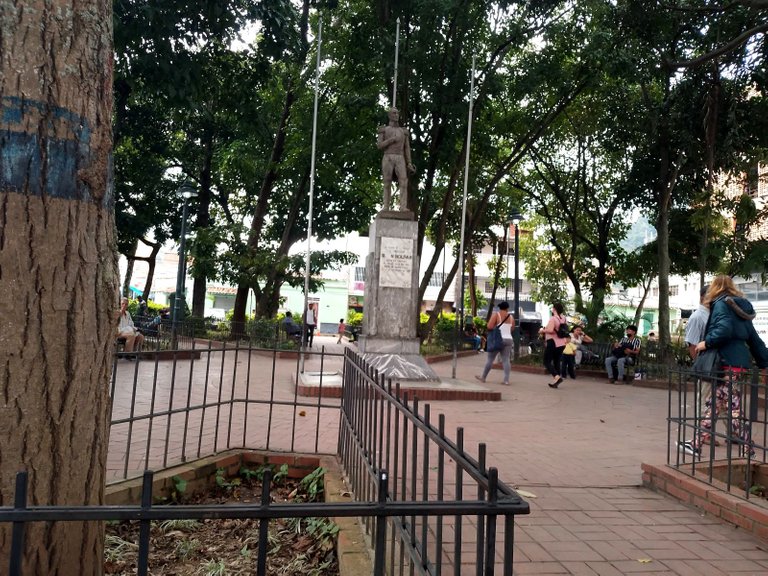
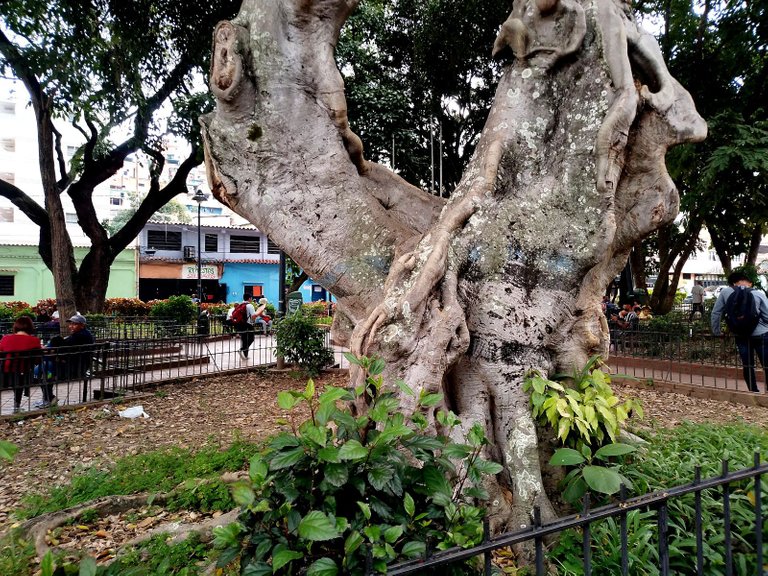
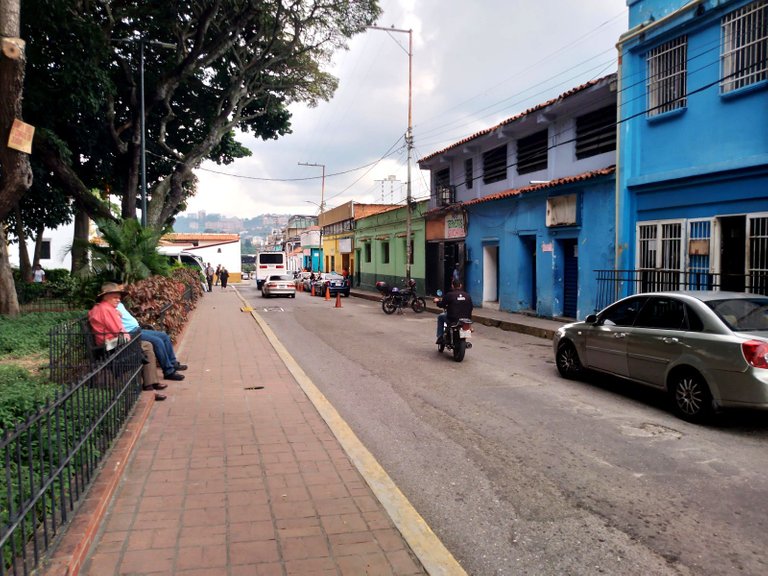
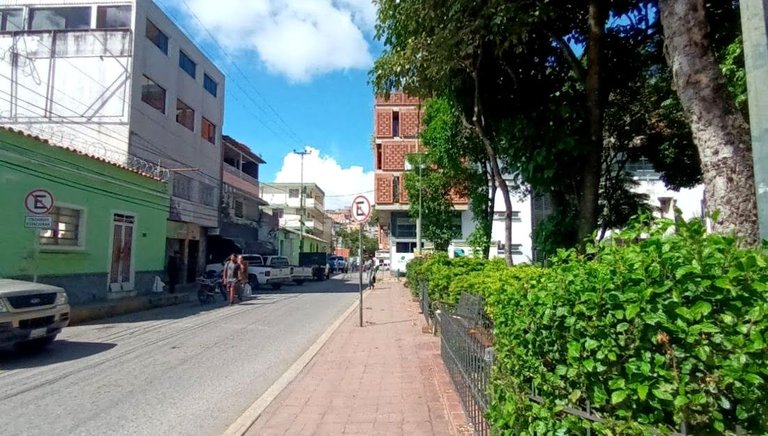
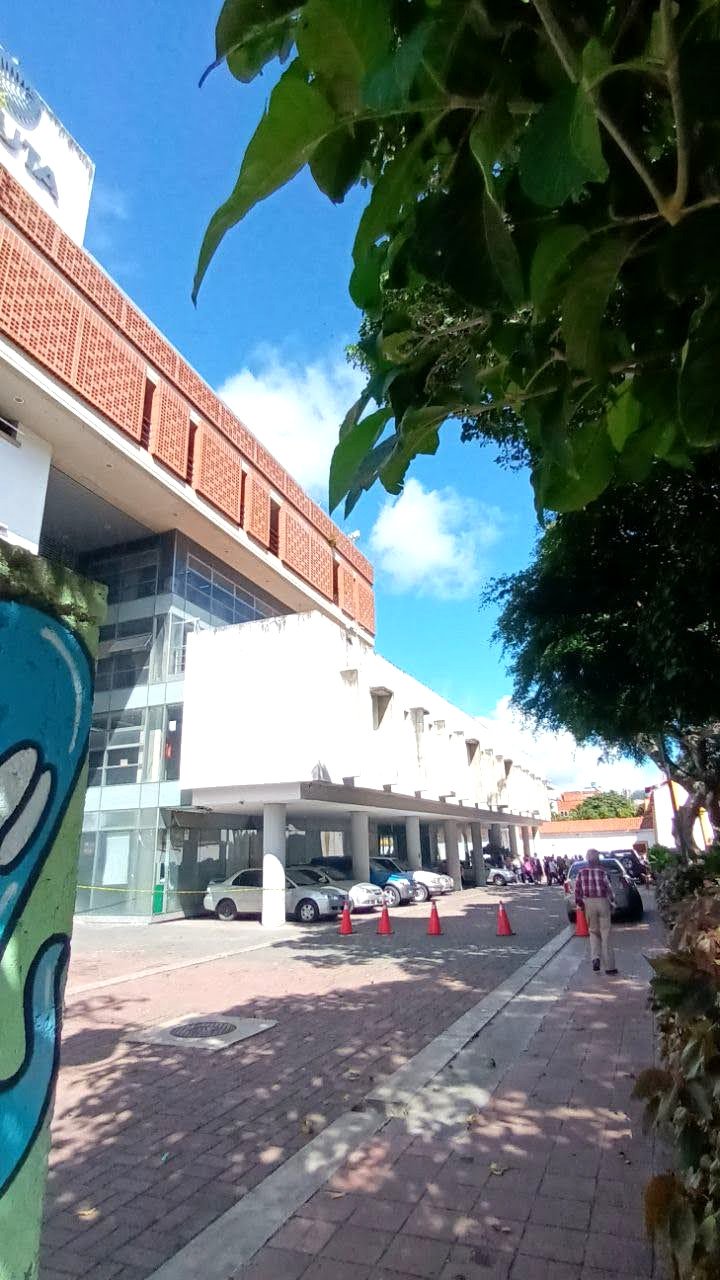
Me siento muy satisfecha por el paseo realizado, donde pude apreciar de cerca lo pintoresco de este noble pueblo de Baruta. Así como orgullosa de haber contado con el apoyo de mi nieta @danielamilanesa como asistente de fotografía.
Deseo inmensamente que esta publicación sea del agrado de ustedes y que a la vez sea motivo de interés para conocer y visitar este emblemático pueblo venezolano.
Todas las fotos son de mi propiedad, tomadas con un celular Samsung A03.

English

In my Wednesday walk, this time I went to the peculiar town of Baruta, located in the municipality of the same name, in the state of Miranda in Venezuela. In this town, it seems that time has stopped, because since I've known it, and that's a long time ago, it is preserved almost like fifty years ago.
I felt as if I was walking the same streets, with the same type of buildings, the same customs and the same idiosyncrasy of its people. I could only perceive a few changes, such as the El Cristo square, modified and rebuilt a few years ago, the also remodeled Bolivar square and the construction of some buildings, such as the mayor's office building and the Felix Boada clinic, among others.

I walked for a while through the Casco Historico Colonial (Historic Colonial District) of Baruta, an area that covers about two and a half blocks. Located in the central area of the town and sentimentally in the heart of its people. It is conformed by the church Nuestra Señora del Rosario, the parish house, the sacred museum, La Gruta and the Bolivar square, this colonial space has the characteristic of having been abruptly interrupted by the building of the Mayor's office, as well as by the modernized El Cristo square that in spite of this continues being part of the historic center, because of what it represents historically. These last two buildings break completely with the colonial architecture of the place, giving the impression of being a meeting of two epochs that face each other at the same time.




As usual there was a lot of vehicular traffic and many people on foot running errands and shopping. In Baruta, during daylight hours, there is always a high traffic congestion of both pedestrians and vehicles, especially on Ricaurte Street, as it is a main street that crosses the town and at the same time serves as a gateway in and out. On this street there are a large number of businesses, as well as public transportation stops with different destination routes.

On the other hand, commerce is the main activity of Baruta, this has been so since its beginnings. In addition to its own inhabitants, people from neighboring areas usually came there to stock up on food, household goods and personal items, among others.
Currently, although commercial growth has occurred in other nearby sectors where it did not exist before, the town of Baruta continues to be an important commercial point, where most of the inhabitants of Baruta and El Hatillo, mainly from the rural areas of both municipalities, come to shop.
It is also an obligatory transit point for those who use public transportation and live in the rural area, since they first have to get to the town, and once there they must take other transportation to their final destination and vice versa.

On one side of the town, there is a hill where there is a neighborhood called La Palomera, where a large part of the population lives.






I feel very satisfied with the tour, where I could appreciate closely the picturesque of this noble town of Baruta. As well as proud to have had the support of my granddaughter @danielamilanesa as assistant photographer.
I hope immensely that this publication is to your liking and that at the same time is a reason of interest to know and visit this emblematic Venezuelan town.
All photos are my own, taken with a Samsung A03 cell phone.
Translated with www.DeepL.com/Translator (free version)
What an interesting architecture! I also appreciate the fact that you also reward your granddaughter and mentioning her assistance in taking these pictures. Do people there drive motorbike without wearing helmet?
Hi @macchiata!First of all thank you for seeing and commenting on my post. Yes, I am very happy for the support received from my granddaughter, I really like to do activities together like this. They contribute to the strengthening of our bonding.
Unfortunately, it is common to see people driving motorcycles without wearing their helmets and even committing other recklessness, although that is not allowed.
Thank you for your comment
Congratulations, your post has been added to Pinmapple! 🎉🥳🍍
Did you know you have your own profile map?
And every post has their own map too!
Want to have your post on the map too?
It is a nice city, the little church is charming. Hehe, the buses are so different from those I see here around :D
Another thing I like is the greenery around, it is important to a city to have trees and bushes, not just because of "decoration" :))
The city can have some fresh air too
Hi @mipiano! First of all thank you very much for seeing and commenting on my post.
So it is in Baruta there is a lot of vegetation, in this season it has been raining quite a lot and that has made it more beautiful and as you say, it is not only beautiful but also healthy.
The little church is very old imagine that it started to be built in the year 1620.
Greetings!
I am interested in the architecture of the church building,it looks simple but has high value and also like a historical building. Thank you.
Hi @hsidik! First of all thank you very much for having seen, voted and commented on my post.
Yes, it is a church with a high historical value whose construction began in 1620. Yesterday when I was there, I did not have the opportunity to photograph inside. The church was closed. Here I leave you a link with information about it and also contains photos of its interior. Greetings! https://iamvenezuela.com/2016/08/iglesia-nuestra-senora-del-rosario/
Felicidades muy buen post, ¡me encanta!
Gracias @izulina me encanta que te haya gustado.
Soy tu fan, ¡éxitos! Me encantan tus post de las visitas a los lugares.
😘